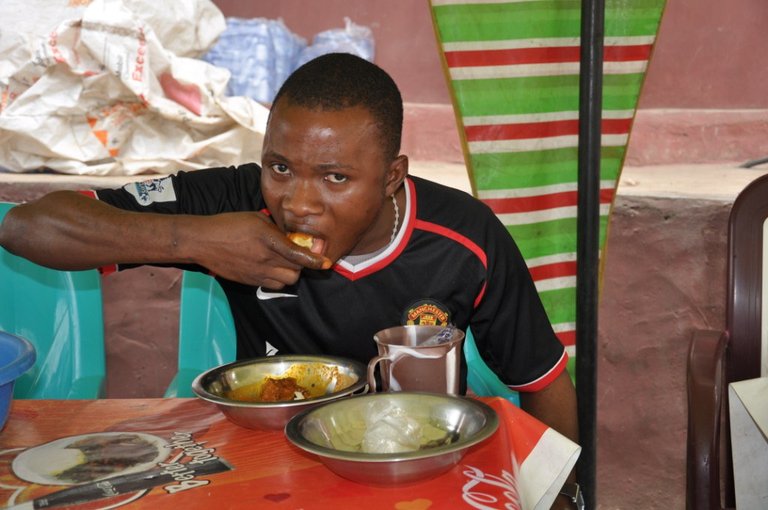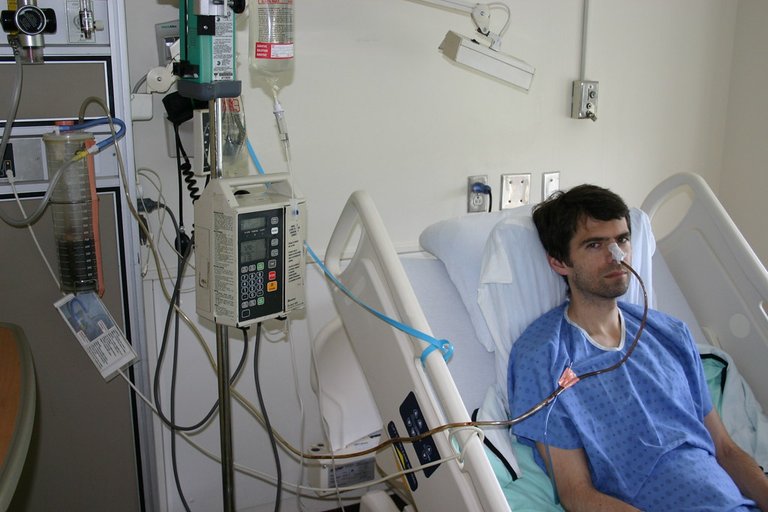Beyond Swallowing: Navigating the Intricacies of Food's Journey in the Body
Have you ever thought of the having a seed going through the wrong place after swallowing, and growing into a plant? Actually, that is somehow true but before we start to look at where the food is going and what happens when the food goes the wrong way.
Swallowing food seems like a very easy task that start with chewing, then swallowing, after which the food goes down the throat and then into your stomach but then in reality, it is very complicated than it looks.
When food gets into your mouth, you start chewing and this require about 30 muscles to get it done. These muscles include the Temporalis muscle, Sternohyomastoid, Medial pterygoid muscle, lateral pterygoid muscle, styloglossus muscle, Risorius muscle, and many more. They break down the food into smaller pieces, helping the tongue to push it down the throat.
When we swallow food, it looks like we only have one passage where all things go into both air and solid, but this isn't true because there are more than one passage or pipe in the throat. Realistically, there are two pipes in the throat with one being the esophagus which is the food pipe that takes food to the stomach from the mouth, while the other being the Trachea which is also known as the wind pipe. This pipe, according to its name is meant for wind (air) and it leads straight to the lung.
You then begin to wonder why we do not millions of people being rushed to the emergency room as a result of food going through the wrong part, and air going to the wrong pipe. It would have been possible but thankfully, there is a protection mechanism that stops food from entering into the trachea. This protection is from the covering of the larynx known as the epiglottis. The Epiglottis blocks the trachea whenever food is being swallowed. While the Epiglottis does a good job in stopping food, it might fail in its function when you are carried away with other events such as talking while eating or not fully conscious while eating which leads to food going to the wrong pipe in a phenomenon known as Aspiration.
When people have food going through the wrong part, they feel like they can't breathe and their voice looks constricted or disappears, and this is because the food is in the wrong part, and there is a shut down mode activated and this is because the body is trying to prevent more problems. At this point, the epiglottis shut the trachea to prevent more food from getting in but while this is happening, the food that already found itself in the wrong pipe needs to solved.
In healthy people, this is solved by immediate gag or cough reflex stimulated. This reflex helps to remove the foreign substance from the trachea to the esophagus. Once the airway is clear, everything goes back to normal but this doesn't happen all the time and so the food can find its way to the lungs. When this happens, a lot of things can follow such as having an infection such as Aspiration Pneumonia. When a person have aspiration pneumonia, the best thing to do is to visit a doctor who can help treat it with antibiotics but if it is not treated fast, it can be fatal.
Aspiration is usually common in older people than younger people because the epiglottis is weak at the point and doesn't react as quickly as possible. Also elderly people get Aspiration Pneumonia easily than younger people, an this is because elderly people have underlying conditions which would put pressure on the body.
At the beginning, I talked about seed growing in the body if you mistakenly swallow food and it goes to the wrong place and I said it is somehow true. Is it possible, the answer is YES but does it happen always, the answer is NO. There is a case of a Ron Sveden, a 75 year old man in 2010 who swallowed a pea, and thought everything was fine until he started having difficulty breathing as well as having an infected lung. After screening, a pea seedling was found in his lungs, and a surgery was done to remove the pea seedling after which the man was fine.
The seemingly straightforward act of swallowing involves a remarkable interplay of muscles and protective mechanisms. While the body has built-in defenses to mitigate the risks of food entering the wrong pipe, instances of Aspiration underscore the complexity of this intricate process.
Reference
https://www.bbc.com/news/world-us-canada-10945050
https://emedicine.medscape.com/article/296198-overview?form=fpf
https://www.aspiration.com/
https://www.ncbi.nlm.nih.gov/books/NBK470169/
https://www.ncbi.nlm.nih.gov/pmc/articles/PMC9054185/
https://emedicine.medscape.com/article/1005303-overview?form=fpf



Thus why it is said that one ought not to be engaged in conversations when eating, going down the wrong pipe could be very very uncomfortable, great writeup , thanks for sharing
Yes, friend, this is a good reason for us all to believe that.
Thanks for your contribution to the STEMsocial community. Feel free to join us on discord to get to know the rest of us!
Please consider delegating to the @stemsocial account (85% of the curation rewards are returned).
Thanks for including @stemsocial as a beneficiary, which gives you stronger support.